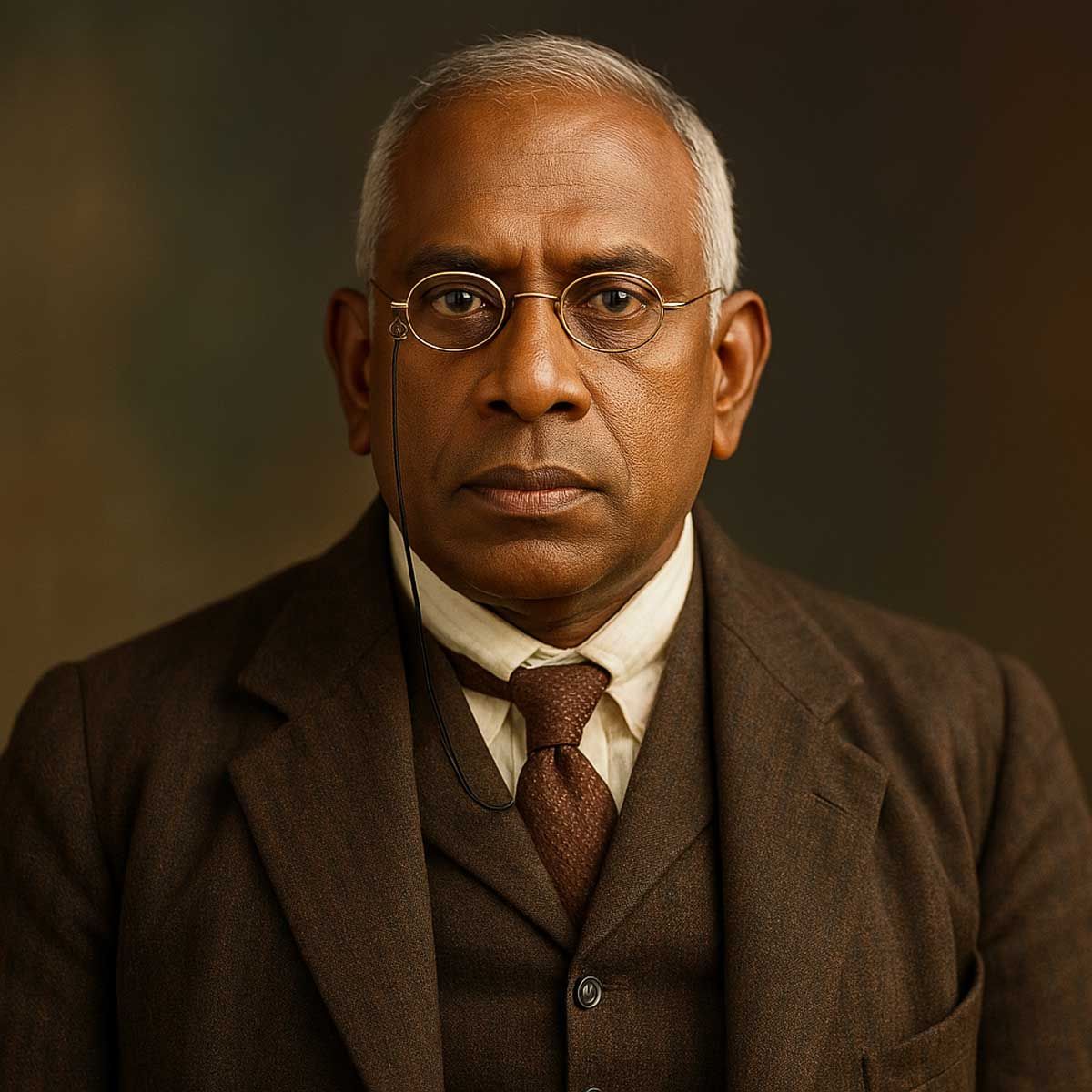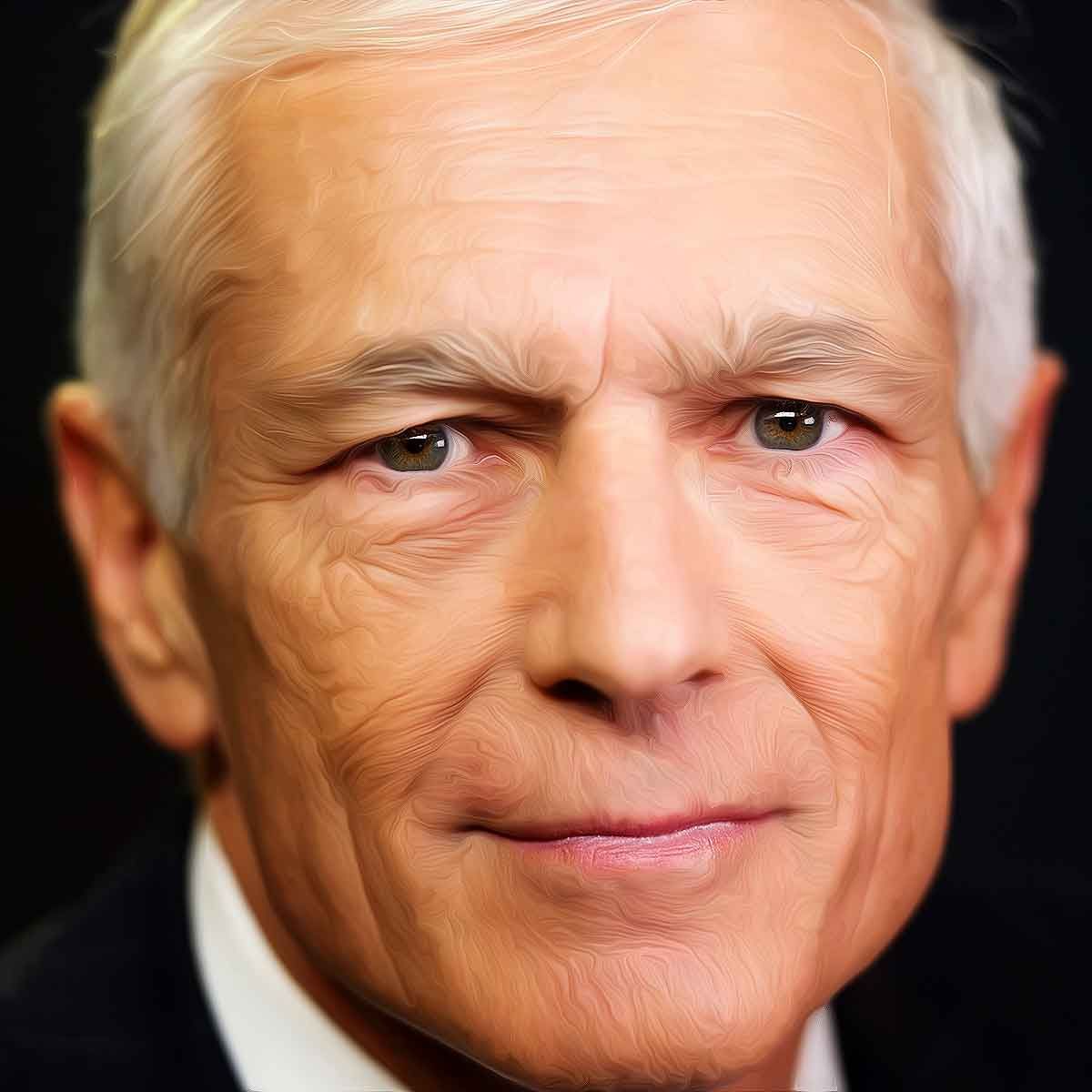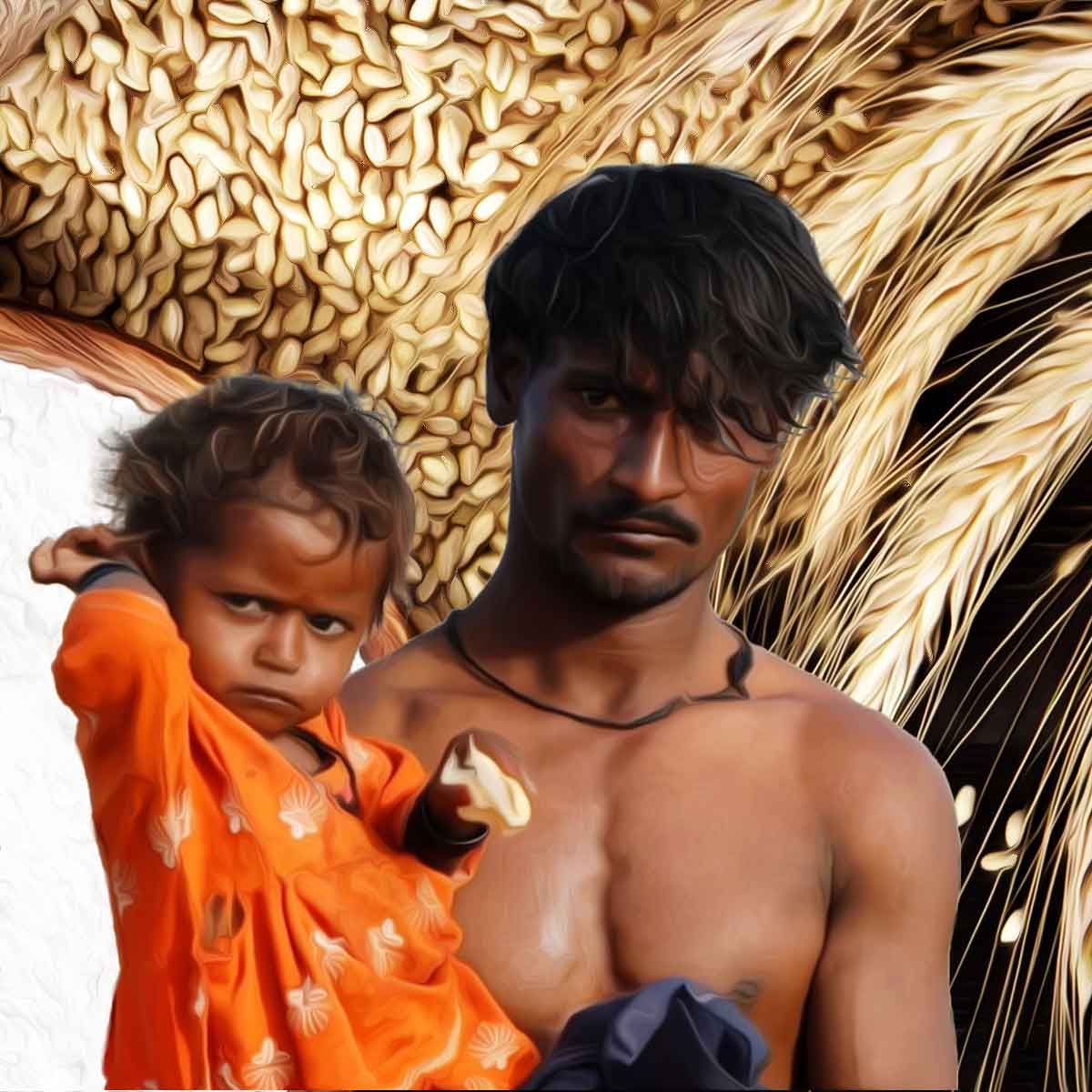MORE COVERAGE
Twitter Coverage
Satyaagrah
Written on
Satyaagrah
Written on
Satyaagrah
Written on
Satyaagrah
Written on
Satyaagrah
Written on
JOIN SATYAAGRAH SOCIAL MEDIA
USA gun violence claims the life of Indian doctoral student Aaditya Adlakha in Cincinnati, mirroring the tragic fates of Jude Chacko, Saiesh Veera, and Devsish Nandepu - all lost on foreign soil, far from their motherland's embrace, their dreams shattered

The University of Cincinnati College of Medicine community is in a state of shock and mourning, grappling with the tragic loss of one of their own. Aaditya R. Adlakha, a young Indian doctoral candidate, became an unexpected victim of gun violence in Cincinnati. His journey, full of aspirations and academic pursuits, was abruptly and violently cut short in the early hours of November 9.
|
Aaditya, only 26, was found critically injured inside his vehicle, riddled with bullet holes, on the Western Hills Viaduct. This location, typically bustling with the daily rhythms of city life, became the scene of a heartrending tragedy. Despite the swift medical attention at UC Medical Center, Aaditya succumbed to his injuries, as confirmed by the Hamilton County Coroner’s Office.
The details of the incident are as harrowing as they are alarming. It was just before the break of dawn, a time when the city was still enveloped in the quiet of the early morning, that Aaditya's life took a tragic turn. He was discovered with gunshot wounds inside his car at the junction of the Western Hills Viaduct and Central Parkway. The evidence of violence was stark and undeniable - the driver’s side window of his car bore at least three bullet holes. According to police radio traffic, Shot Spotter, a gunfire detection system, recorded the discharge of 12 bullets.
This incident raises numerous questions and concerns. The senselessness of the act, the unprovoked aggression, and the loss of a young, promising life paint a grim picture of the challenges and dangers students and young professionals may face, even in places where they are supposed to be secure and focused on their growth. Aaditya, who traveled thousands of miles from India to pursue his dreams, met with a fate that is both shocking and deeply saddening.
As the University of Cincinnati College of Medicine and the broader community come to terms with this tragedy, there is a palpable sense of loss and a sobering reminder of the fragility of life. Aaditya’s untimely demise is not just a statistic; it's a jarring interruption of a journey brimming with potential and aspirations. His dreams, academic endeavors, and the hopes of his loved ones have been irreparably shattered by an act of senseless violence.
This tragedy also casts a spotlight on the broader issue of gun violence in the United States, an issue that continues to claim lives and shatter families. For Aaditya, a young man at the threshold of his career, his aspirations and the promise of a bright future were abruptly taken away, leaving behind a trail of unanswered questions and profound grief.
The discovery of his body, marred by multiple gunshot wounds in a white Toyota Prius, was a jarring wake-up call to the grim realities of gun violence. Found just before 6:30 a.m., his condition was dire from the outset.
|
Responding to calls from concerned motorists who had noticed a vehicle peppered with bullet holes, Cincinnati Police arrived at a scene that would soon echo with sadness and unanswered questions. Despite the efforts of first responders and medical staff at UC Medical Center, Aaditya's condition remained critical, ultimately leading to his untimely death. As of now, the incident remains shrouded in mystery, with no arrests made, leaving a void where answers should be.
Aaditya's presence at the University of Cincinnati was not just as a student but as a valuable contributor to the field of medical research. Employed in the Division of Pain Management’s Department of Anesthesiology at Cincinnati Children’s, he was deeply involved in the molecular and developmental biology graduate program. His journey from north India to Cincinnati was fueled by a passion for medicine and research. This passion was recognized and supported through a grant and stipend he received last year for his research on ulcerative colitis.
His academic accomplishments stand in stark contrast to the violent manner of his death. Here was a young man, in the prime of his life, committed to understanding and perhaps even curing complex medical conditions. His focus on ulcerative colitis research highlights a dedication not just to academia, but to the potential of helping others through his work.
The fact that his life was cut short in such a brutal manner is not just a loss to his family and friends, but to the scientific community and the many lives he could have impacted through his research. His story, one of ambition and the pursuit of knowledge, now serves as a somber reminder of the fragility of life and the unpredictable nature of violence.
As the Cincinnati community and the University try to make sense of this tragedy, there is an underlying narrative of a dream unfulfilled, a potential unmet. The gap left by Aaditya’s absence extends beyond the personal loss experienced by those who knew him; it is a loss to the field of medical research and to the broader global community that benefits from such work. The story of Aaditya Adlakha, thus, is not just one of a life lost, but of a candle extinguished too soon, one that was set to shine brightly in the world of medical sciences.
Aaditya Adlakha's academic trajectory was nothing short of impressive and inspiring. Beginning with a bachelor’s degree in zoology from Ramjas College at the University of Delhi in 2018, he demonstrated early on a profound interest and aptitude in the biological sciences. His pursuit of knowledge led him to the prestigious All India Institute of Medical Sciences in New Delhi, where he obtained a master’s in physiology in 2020. This was a stepping stone towards a higher aspiration, as he joined the doctoral program at the University of Cincinnati in the same year, aiming to complete his doctorate by 2025.
The reaction to Aaditya's untimely death from the academic community, particularly from the University of Cincinnati, reflects the depth of the loss felt by those who knew him and the impact he had made in his short time there. Dr. Andrew T. Filak Jr., senior vice president for health affairs and dean of the College of Medicine, captured the sentiment in his statement. He acknowledged the shock and grief that Aaditya's death has caused, not only to those who knew him but also to the broader community of students and colleagues. Dr. Filak's words highlight the varied emotional responses that such a tragic event can elicit, acknowledging that grief does not follow a linear path and can affect individuals in different ways.
|
The continuation of Dr. Filak's statement paints a vivid picture of Aaditya as an individual and as a scholar. Described as "deeply cherished, remarkably kind and humorous, intellectually sharp," Aaditya was not just a student but a beloved member of the academic community. His research, lauded as "innovative and transformative," was focused on advancing the understanding of neuroimmune communication. This area of study, particularly its potential contributions to pain and the inflammatory aspects of ulcerative colitis, is crucial in medical science. It indicates Aaditya's commitment to research that could have significant implications for health and treatment of complex diseases.
The statement further conveyed, “As a college and as Aaditya’s academic home, we offer our sincerest condolences to his family and to those who knew him as a friend and colleague.”
The University of Cincinnati College of Medicine's response to the tragic loss of Aaditya Adlakha goes beyond mere words of sympathy. Their statement extends "sincerest condolences to his family and to those who knew him as a friend and colleague," emphasizing the profound impact Aaditya had on his academic community. This sentiment reflects the depth of the bond formed between Aaditya and his peers, as well as the respect and admiration he earned during his time at the university.
Aaditya's role at the university was not limited to his studies; he was actively involved in enhancing the academic environment around him. His appointment as the secretary for the university’s Health Sciences Graduate Association in August 2022 is a testament to his commitment to academic excellence and collaboration. His involvement in this association was instrumental in securing funding for his summer research project at the Jankowski Lab, focusing on the "Immunomodulatory Role of Nociceptive Neurons in Ulcerative Colitis." This project, backed by the University Research Council Graduate Student Stipend and Research Cost Program for Faculty-Student Collaboration Award, showcases Aaditya’s dedication to pursuing groundbreaking research in the field of medical science.
The reaction from Anirudh Chhabre, the former president of the Indian Student Association and Aaditya’s neighbor, brings a personal and relatable perspective to this tragedy. His words, “It’s also kind of demotivating, like, OK, do we really want to, like, put our life at risk, you know, to be able to get quality education? Because I don’t think education should have stressors like these come along with it,” capture the sense of fear and uncertainty that such incidents can instill in international students. Chhabre's reflection is a poignant reminder of the additional challenges and risks that students from abroad face when they leave their homes to pursue education in a foreign country. The sentiment expressed by Chhabre underscores the need for a safe and secure environment for all students, where the pursuit of education is not overshadowed by the fear of violence or harm.
Aaditya's untimely demise raises critical questions about the safety and well-being of international students. It highlights the need for increased awareness and measures to ensure that educational institutions are not just centers of learning but also safe havens for students from all corners of the globe. Aaditya's story, marked by academic ambition and tragically cut short, is a stark reminder of the fragility of life and the unpredictable challenges that students may face in their pursuit of education and excellence.
|
The void left by Aaditya Adlakha's untimely death resonates not only within the academic circles of the University of Cincinnati but also in the personal spaces he inhabited. His neighbor in his Clifton apartment building, who also worked in a lab adjacent to his at Children’s Hospital and Medical Center, though declining an interview, offered a glimpse into Aaditya's character. Describing him as a "genuinely kind and optimistic individual," she paints a picture of a person who was not just a scholar but also a warm and positive presence in the lives of those around him. This personal testament adds another layer to our understanding of Aaditya, revealing the human aspect of a life cut tragically short.
The proximity of Aaditya's residence to the crime scene—approximately two miles—underscores the shocking and unexpected nature of the incident. It happened close to his own neighborhood, a place where one would typically feel safe and secure. This detail adds to the unsettling reality of the situation and the randomness with which violence can strike.
The University of Cincinnati's response to this tragedy was to reaffirm Aaditya's place within the university community. In an email to students, the university mourned his loss, stating that he would “always be a Bearcat,” referencing the school's football program. This sentiment reflects an attempt to immortalize Aaditya's spirit within the university's legacy, ensuring that his memory remains a part of the institution. Additionally, the university’s offer of counseling services demonstrates an awareness of the emotional impact such an event can have on the student body and staff, highlighting the need for psychological support in times of collective grief.
The uncertainty surrounding the exact location of the shooting, whether on Central Parkway or the viaduct, adds to the confusion and mystery of the incident. Notably, this was the first shooting in that area since 2016, according to Cincinnati municipal data, which makes the event all the more unexpected and alarming. The lack of clarity regarding the motive behind this act of violence only compounds the tragedy, leaving unanswered questions and a sense of unease about the safety and randomness of such incidents.
Aaditya Adlakha's passing is not just the loss of a promising student but also a stark reminder of the unpredictable nature of life and the need for a greater focus on safety and security, especially for those who are far from home, pursuing their dreams. The impact of his death reverberates through the academic community, his personal connections, and the broader context of student safety, leaving a lasting impression on all those affected by this tragic event.
The disturbing incident of Aaditya Adlakha in Cincinnati reflects a broader, troubling trend of gun violence in the United States. Notably, Cincinnati saw a decline in gunshot incidents to 298 as of November 3, 2023, down from 370 in the same period in 2022. However, the overall picture across the nation remains deeply concerning. In 2021, the U.S. experienced the highest number of gun-related deaths ever recorded, with 48,830 people losing their lives to gun-related injuries, including murders and suicides. This number represented a significant 23% increase since 2019. The majority of U.S. gun deaths in 2021, accounting for 54%, were suicides. Furthermore, a staggering 81% of U.S. murders in 2021 involved firearms, the highest proportion since at least 1968. On a per capita basis, the gun death rate in 2021 stood at 14.6 per 100,000 people, the highest since the early 1990s.
|
In exploring the impact of gun violence on Indian students in the U.S., we find deeply troubling examples:
Jude Chacko
In the vibrant city of Philadelphia, a community was shaken by the tragic loss of Jude Chacko, a 21-year-old student of Indian origin. Jude's journey to the United States was rooted in his family's history, as his parents had migrated there nearly 30 years ago, seeking a better life and opportunities. Growing up in the culturally rich environment of Kerala's Kollam district, Jude was a blend of Indian traditions and the promise of the American dream.
His life in Philadelphia was a balancing act between academic pursuits and work. Like many international students, he juggled responsibilities, a testament to his dedication and hard work. However, this balance was brutally disrupted one evening as he was returning from work. The streets of Philadelphia, which should have been a safe passage for a young student, became the backdrop for an unimaginable tragedy. Jude was shot by unidentified assailants, a senseless act of violence that extinguished a young life full of potential.
The news of his death sent ripples of sorrow and disbelief not only through the Indian-American community but also back home in India, where dreams of global education often take root. Jude's story painfully underscores the unexpected dangers that can lurk in the very places where students seek to build their futures. His untimely demise leaves behind a legacy of unfulfilled dreams and a family grappling with an irreplaceable loss.
|
Saiesh Veera
Saiesh Veera's story is one of ambition and the harsh reality of a dream cut short. Hailing from Andhra Pradesh, a region known for its rich cultural heritage and academic fervor, Saiesh embarked on a journey to the United States to pursue a Master's Degree. This journey was not just his own but also a beacon of hope for his family, marking him as the first to travel abroad for education. Tragically, his father had passed away two years earlier, making Saiesh's academic achievements all the more poignant and vital to his family.
Saiesh's dedication led him to Columbus, Ohio, where he balanced his studies with work at a local fuel station. It was here, in the early hours of April 20, 2023, that his aspirations were abruptly and cruelly halted. A gunshot wound claimed his life, a shocking end to a journey that was just 10 days shy of a significant milestone – his graduation.
The community and his family back in India were left in disbelief and mourning. Saiesh's death is not just a personal tragedy; it represents the shattered dreams of a young man who had ventured far from home to build a brighter future. His loss is a stark reminder of the fragility of life and the indiscriminate nature of violence, leaving a void in the hearts of those who knew him and the many more who shared his aspirations.
|
Devsish Nandepu
Devsish Nandepu's tragic end in Chicago is a heart-wrenching story of a young life taken too soon. At 23, Devsish embodied the hopes and dreams of many Indian students seeking education and opportunity in the United States. His life in Chicago was a blend of academic pursuit and new experiences, a journey that many Indian students embark on with aspirations and optimism.
The incident that claimed Devsish's life unfolded in a scenario that is chillingly unimaginable. One evening, as he stood with a friend near the parking area of Princeton Park, their normal routine turned into a nightmare. They were approached by armed robbers in a dark-colored vehicle. The encounter escalated quickly, and Devsish was shot, a victim of a random act of violence that is all too common yet always shocking.
Rushed to Christ Medical Center in Oak Lawn, Devsish fought for his life but ultimately succumbed to his injuries. His death is a profound loss, not only to his family and friends but to the entire Indian community. It speaks to the risks that young students face in foreign lands, where their safety is not always guaranteed. Devsish's passing is a somber reminder of the preciousness of life and the need for communities and authorities to better protect those who come to their shores with dreams of a better future.
Each of these narratives, though unique in their details, shares a common thread of young lives and aspirations tragically cut short. They remind us of the vulnerability of international students and the need for greater safety measures in their host countries. The loss of Jude, Saiesh, and Devsish is not only a personal tragedy for their families but a collective loss for their communities and for all who value the pursuit of education and a better life.
 Support Us
Support Us
Satyagraha was born from the heart of our land, with an undying aim to unveil the true essence of Bharat. It seeks to illuminate the hidden tales of our valiant freedom fighters and the rich chronicles that haven't yet sung their complete melody in the mainstream.
While platforms like NDTV and 'The Wire' effortlessly garner funds under the banner of safeguarding democracy, we at Satyagraha walk a different path. Our strength and resonance come from you. In this journey to weave a stronger Bharat, every little contribution amplifies our voice. Let's come together, contribute as you can, and champion the true spirit of our nation.
 |  |  |
| ICICI Bank of Satyaagrah | Razorpay Bank of Satyaagrah | PayPal Bank of Satyaagrah - For International Payments |
If all above doesn't work, then try the LINK below:
Please share the article on other platforms
DISCLAIMER: The author is solely responsible for the views expressed in this article. The author carries the responsibility for citing and/or licensing of images utilized within the text. The website also frequently uses non-commercial images for representational purposes only in line with the article. We are not responsible for the authenticity of such images. If some images have a copyright issue, we request the person/entity to contact us at This email address is being protected from spambots. You need JavaScript enabled to view it. and we will take the necessary actions to resolve the issue.
Related Articles
- 'Resign In Disgrace and Retire with Remorse': Presidents of Harvard, UPenn, and MIT face public condemnation, accused of shamefully overlooking 'calls for genocide of Jews' on campuses. A storm of controversy brews, demanding accountability and change
- Against a mother's hesitant heart, Abhijit's journey ends in tragedy, marking him as the 9th Indian lost in the US this year, alongside Neel Acharya, Vivek Saini, and more; their stories, a sombre echo of dreams shattered far from home, cry out for safety
- "Harvard latest course: How to lose billionaires 101": As the Harvard university's stance on a pro-Hamas letter sparks debate, luminaries like Idan Ofer and Wexner Foundation cut all the ties, Harvard's once-untouchable prestige now faces serious scrutiny
- Another Indian student, doctoral candidate Sameer Kamath, found dead in Indiana - the sixth in a string of tragedies, two from Purdue, hinting at a deeper, somber story alongside Neel Acharya, Varun Chheda, Akul Dhawan, Jaahnavi Kandula, and Vivek Saini
- Terrorism, Pakistan, COVID, Afghanistan and more: Here’s all that PM Modi and US VP Kamala Harris discussed in the bilateral meet
- "Irony became the head that bit its tail and then there is no way out": Stanford University released a list of ‘harmful words’ and what to replace them with, also banning the word “American” on its websites because the term may be offensive
- "Never thought, Chilgoza talks": Thanks to the US hospitality, Pannun, the Khalistani maestro of threats, is back with another warning, this time, he plans to return the favor to India's alleged assassination attempt with a grand assault on the Parliament
- "What can be asserted without evidence can be dismissed without evidence": After sitting on Hunter Biden’s laptop for years, feds finally believe they have the goods to arrest him. You know it’s bad when the commies at Washington Post are writing about it
- "Education is learning what you didn't even know you didn't know": The Rising Phoenix: A Comparative Study of the College Shutdowns in America, the Ascendancy of Indian Education and undergoing significant change in Landscape of higher education globally
- "System at Harvard along with the ideology that grips far too many of the students and faculty is evil": Rabbi Wolpe's resignation from Harvard's antisemitism board unveils a disturbing reality, shedding light on deep-seated issues within the institution
- "Respect Trampled On": On Maha Shivratri, over 100 fasting students at SAU, Delhi, bravely requested sattvic food, but SFI goons forcibly pushed non-veg into their mess, sparking a clash—ABVP stood firm for faith while SFI’s thuggery disrupted peace
- “Monkeypox is demonstrating why smart people stay in monogamous relationships”: Defense Department spokesman Maj. Charlie Dietz announced the number of cases of monkeypox climbed tenfold in the U.S. military in less than four weeks ago
- "देख रहे हो न विनोद": Soros and Clinton, among 19 to be awarded the Presidential Medal of Freedom by Biden; Soros’s Open Society Foundations faces scrutiny for funding anti-India activities and narratives against PM Modi’s democratically elected govt
- "Terrorism is the price of empire. If you do not wish to pay, you must give up the empire": Biden vows continued cooperation with Hamas-linked Islamic Society of North America, no concern on Left for Islamic jihad as it doesn't exist; “Islamophobia” does
- Adding to the grim tally, Indian students Nivesh Mukka and Goutham Parsi killed in a fatal car crash in Arizona; both enrolled at Arizona State University, their untimely demise underscores the ongoing safety challenges faced by Indian students in the US

























